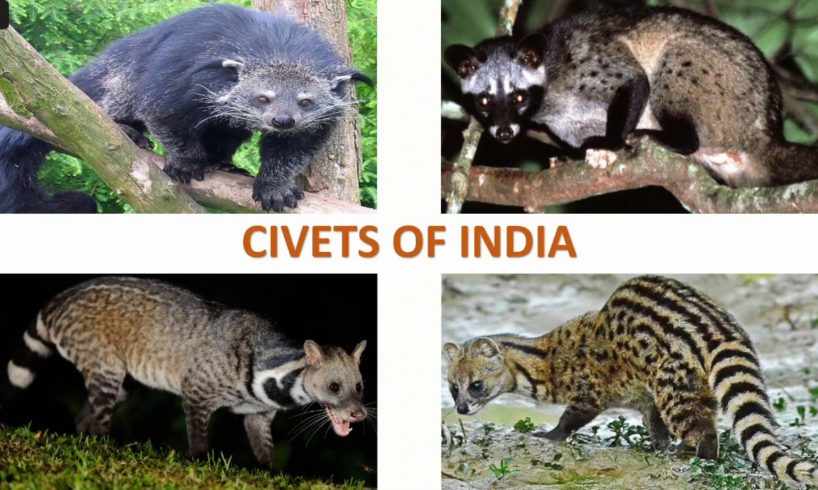
Civets of India: There are a total of 9 types of Civets in India, and the state-wise details are as follows,
Arunachal Pradesh – Large Spotted Civet
Assam – Large Spotted Civet, Small Toothed Palm Civet
Kerala – Brown Palm Civet, Malabar Large Spotted Civet
Maharashtra – Brown Palm Civet
Indian Subcontinent – Asian Palm Civet, Small Indian Civet
Himalayas – Masked Palm Civet
North East India – Binturong, Large Indian Civet, Large Spotted Civet, Masked Palm Civet
Western Ghats – Brown Palm Civet, Malabar Large Spotted Civet
Civets are small, lean, mostly nocturnal mammals found especially in the tropical forests. They are also called as civet cats; civets are not cats. In fact, they are more closely related to mongooses than they are to cats. The binturong is called a “Bearcat” because they look like both a bear and a cat, but interestingly they are neither a “Bear” nor a “Cat”. Civets are usually solitary and live in tree hollows, rocks, or similar places. These animals are largely nocturnal hunters and arboreal. Meaning they sleep during the day and spend most of their time in trees. Civets are omnivorous supplementing a diet of small vertebrates (rats, squirrels, small birds, lizards), and insects and other invertebrates (worms, crustaceans, mollusks), both hunted and scavenged, with fruit, eggs, and possibly roots. Very little is known about civets’ mating habits.
Civet coffee is sold as a luxury product. Kopi Luwak, the world’s most expensive coffee is prepared using coffee cherries that have been eaten and partly digested by the Asian palm civet, then harvested from its fecal matter. The civets digest the flesh of the coffee cherries but pass the pits (beans) inside, where stomach enzymes affect the beans, which adds to the coffee’s prized aroma and flavour. 450 grams (1 pound) can cost up to $600 in some parts of the world and about $100 a cup in others. They are not considered an endangered species, although their population has been affected by increasing deforestation and hunting.
#Civets #Animals #IndianAnimals #NativeAnimals Native Animals Indian Animals Animal
Fauna of India: https://www.youtube.com/playlist?list=PLMgDaYCknmqSMGkeKd9u3vXXswF07KLF8
Information Sources: Internet
Documentation: Amrita L Kutuva and Hansen Thambi Prem
Video Editing Software: https://www.lwks.com/
Technical Support: Rohan Prem Hansen
Intro and Outro: https://www.velosofy.com; https://placeit.net/
Background Music: Cat Nap by Pyrosion | https://soundcloud.com/pyrosion; Music promoted by https://www.free-stock-music.com; Creative Commons Attribution-ShareAlike 3.0 Unported; https://creativecommons.org/licenses/by-sa/3.0/deed.en_US
source



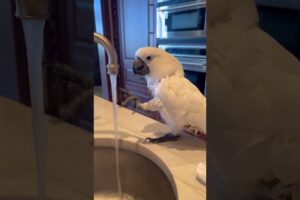
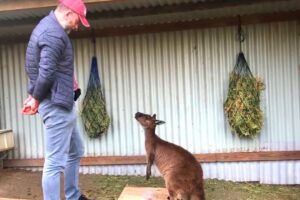
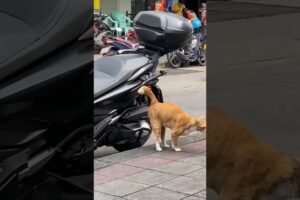
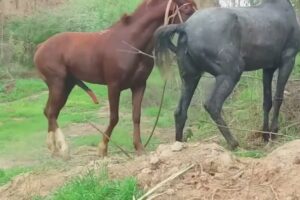
good
Has any one of you seen a Malabar civet cat .I have seen it in Arunachal Pradesh wild I have also eat it .
And I have eat all civet cat soon hear
I captured a video today and it looked like a small Civet. I want to confirm if it is actually a civet. Can you please share your details so that I can send you the video and connect ?
Thanks for the valuable information